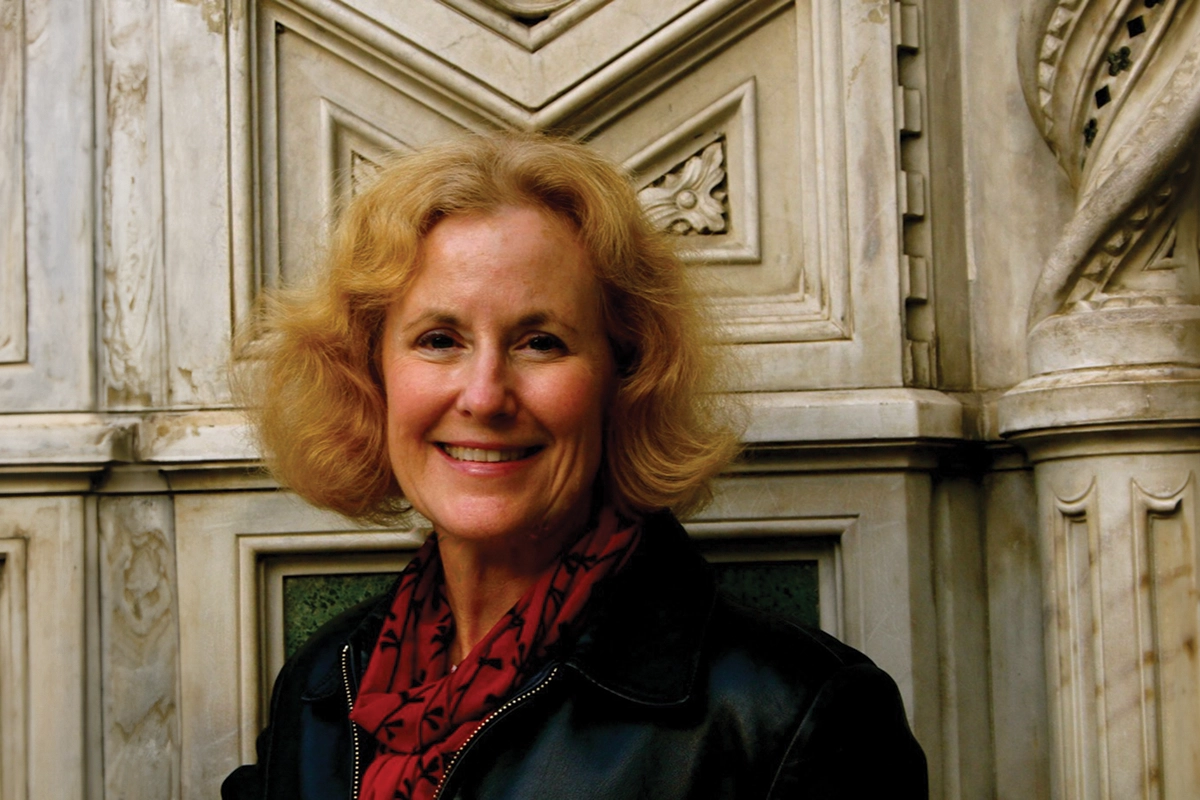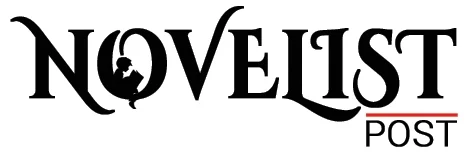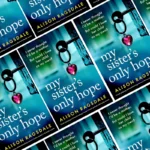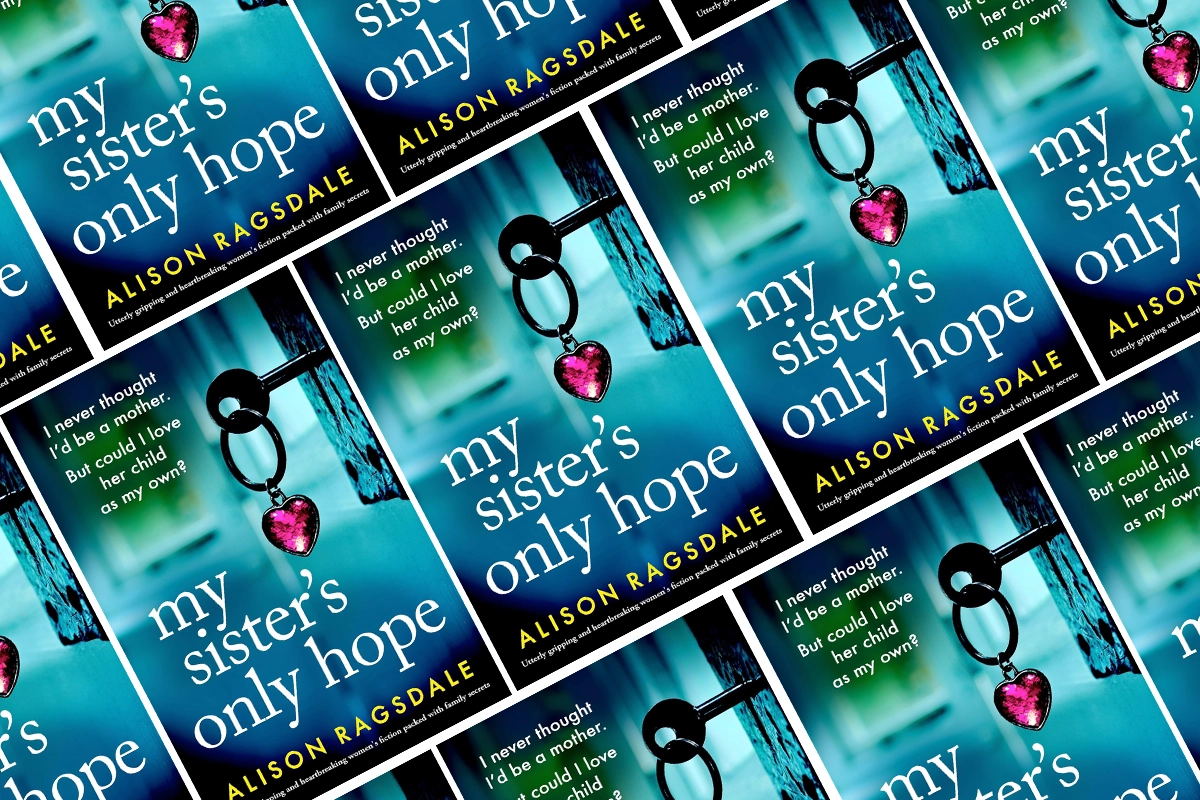Carol Strickland Blends Art, History, And Imagination To Inspire Readers Worldwide

Photo: Carol Strickland, acclaimed author and art historian, known for her accessible and inspiring works that bridge art, architecture, and historical fiction.
A Visionary Author Who Transforms Complex Disciplines Into Accessible Narratives That Celebrate Creativity, Knowledge, And The Human Spirit
Carol Strickland masterfully merges art, architecture, and history through storytelling that enlightens, engages, and inspires readers to view creativity as a universal and transformative force.
Carol Strickland stands as one of today’s most influential voices in the arts—an author, historian, and storyteller whose work bridges the gap between scholarly depth and wide accessibility. Her writing invites readers to rediscover art, architecture, and history through an engaging and human lens. As the author of the acclaimed The Annotated Mona Lisa and The Annotated Arch, Strickland has transformed how readers understand creative achievement, while her foray into historical fiction reveals the inner lives of powerful figures from the past. Her talent lies not only in making complex ideas intelligible but in awakening curiosity, wonder, and emotional connection.
Carol Strickland’s work captivates with intelligence and heart, turning intricate artistic and historical subjects into vivid, enlightening journeys for readers across generations.
Unlocking Creativity Through History and Design
Carol Strickland’s works embody the union of knowledge and imagination. With over 400,000 copies sold, The Annotated Mona Lisa remains an essential gateway into the world of art history. The book’s approachable format and conversational tone have made it a favourite among readers seeking to understand art without intimidation. Strickland describes her style as “edu-tainment”—a blend of education and entertainment that transforms learning into an experience of delight and discovery. Similarly, The Annotated Arch brings architecture to life by evoking the feeling of being inside the structures themselves, allowing readers to appreciate their grandeur and significance without the weight of technical jargon. Her goal, as she often states, is “art for all”—a philosophy that has guided her throughout her prolific career.
Illuminating the Past Through Fiction
Beyond non-fiction, Strickland brings historical figures vividly to life through her storytelling. Her novel The Eagle and the Swan reimagines the life of Empress Theodora of Byzantium, portraying her transformation from performer to empress with empathy and depth. Strickland’s fascination began while researching Hagia Sophia for The Annotated Arch, where she encountered Theodora’s story told from a biased male perspective. Determined to offer balance, she wrote the empress’s side of history, giving voice to her courage and intellect. Through fiction, Strickland says, a writer can “go inside characters, imagining their thoughts, feelings, actions, and words.” Her forthcoming work, Sparks Fly Up: The Lost Story of Margaret Fuller, continues this mission to illuminate overlooked women whose legacies deserve recognition.
Bridging Tradition and Technology
Strickland also explores how art and storytelling evolve in the digital age. Her enhanced eBook Impressionism: A Legacy of Light allows readers to interact with art in a new dimension—clicking through layers of context, biography, and analysis. This innovative approach mirrors her broader philosophy that learning about art should feel like entering an artist’s studio: dynamic, immersive, and endlessly revealing. Her Illustrated Timeline series, meanwhile, distils vast epochs of art and literature into visual and concise narratives, offering readers a panoramic view of cultural progress. The challenge, Strickland admits, lies in what must be left out—but what remains captures the sweep and vitality of human creativity.
The Art of Making Knowledge Accessible
For Strickland, clarity is the bridge between scholarship and engagement. She believes that complex subjects should be presented “clearly and conversationally,” always infused with emotion and passion. Whether writing about the brushstrokes of the Impressionists or the ambitions of Byzantine rulers, she demonstrates that knowledge need not be austere—it can be an act of storytelling that connects generations. Her approach has not only educated readers worldwide but has inspired countless aspiring authors to write with both intellect and heart. Carol Strickland continues to prove that art and history, when told through the lens of humanity, have the power to enlighten, move, and endure.















